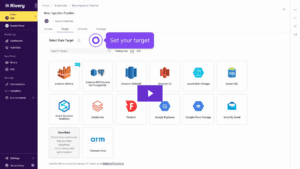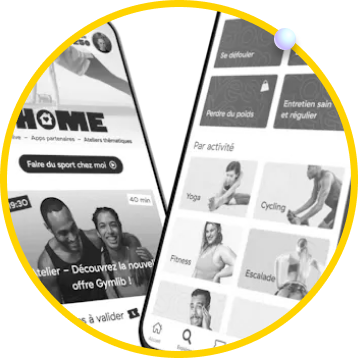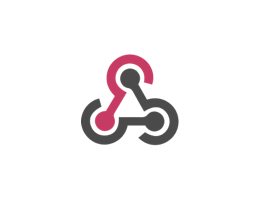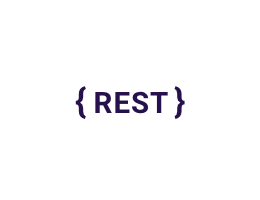The idea was to avoid spending too much time on infrastructure setup. Our job is to analyze the data, we are quite good at that and we can’t afford to spend half a day configuring systems to get the data.
Tristan Chauchat, Head of Data, Gymlib
Key Results
- Accounting billing processes are automated to speed up production and prevent human errors.
- Gymlib Sales, Marketing, and Product teams are using near real-time data to enhance go-to-market offerings and user experience within the application to secure additional partners and members.
- The data team integrates seven data sources including application databases and third-party SaaS apps to provide powerful, business-wide data analysis
- The data team built an integrated data warehouse that now ingests 50X more data in an ELT process that takes 25 minutes compared to 15 hours before Rivery.
At Gymlib, improving employees’ health and well-being through sport is a matter of enabling a commitment-free lifestyle. Founded in 2014, the creators of a fitness marketplace are now France’s leading provider of sports for companies.
Companies using Gymlib can offer their employees more than 300 activities in more than 4,500 sports and well-being facilities. Doing this at scale across 800 companies and 450,000 beneficiary employees requires a sophisticated data operation that can navigate different entities and relationships including companies, employees, and partners (the facilities).
Our growth since the Covid-19 pandemic was the result of strong demand for enterprise wellbeing solutions as well as our ability to rapidly adapt to the changing needs of our customers.
Sébastien Bequart, Co-founder, Gymlib
With so many external entities in the mix, Gymlib’s data team isn’t only responsible for analytics but also for providing highly accurate data for accounting billing purposes – a critical mission that is often not part of the data team mandate.
Challenge
Just like many startups, Gymlib’s journey began with the CTO setting up the foundational systems and data infrastructure using basic tools. Initially, Gymlib relied on a single data tool for both data preparation and reporting, running on an office computer adorned with a cautionary sticky note against shutting it down. While this setup sufficed in the early stages, rapid growth soon overwhelmed the system. As Gymlib expanded, data preparation processes began taking an excruciatingly long 15 hours, despite the data volume still being relatively modest compared to its current scale, which has since grown by a staggering factor of 50. Compounding the issue, the system lacked comprehensive data coverage and consistency, necessitating manual adjustments by a dedicated data analyst each month, particularly toward the end of the billing cycle. Faced with the challenges of unreliable data, manual processes, and constrained resources, Tristan Chauchat, initially a Business Analyst and now Head of Data at Gymlib, was entrusted with the critical task of charting a new course to scale the company’s data operations.
Solution
Aside from having integrations for Gymlib’s key data sources, Tristan and the leadership laid out two main criteria for their modern data platform:
- Ease of setup. “Does it require any infrastructure management or can it all live in the cloud close to our Redshift warehouse? Is it accessible from within Amazon Marketplace so we can quickly tie it with existing procurement processes and AWS benefits?”
- Vendor support. “I wanted to make sure it doesn’t just look good during the demo but that we have the right support and guidance as we onboard and develop our solution.”
From an operations perspective, Tristan was looking to build a stack that was fully SaaS with as little installation and maintenance as possible. The company was growing quickly and to catch up with data-related demand, the data team (really mostly Tristan at first) had to make sure that analysts’ time was spent on data analysis and not on data pipeline development and configuration.
The idea was to avoid spending too much time on infrastructure setup. Our job is to analyze the data, we are quite good at that and we can’t afford to spend half a day configuring systems to get the data.
Unlike traditional data teams, the role of the data team at Gymlib isn’t only to provide data for analytics purposes to be used by the product, marketing, and sales teams. The data team is also responsible for producing data that will drive invoicing and billing processes by the accounting team. That means that this data must be 100% accurate, unlike analytical data where the impact may be tolerated. Considering this was the most important data process, the migration started by focusing on operational data that answered questions such as:
- How many members (employees) signed up by enterprise (company)?
- How many sports sessions members are doing by week/month?
With our migration, it was key to validate the data matched on the dime and we were happy to see it didn’t take long to get there.
Tristan was working closely with the Rivery customer success team through different onboarding sessions that helped Tristan ensure the solution was built using best practices and that he was taking full advantage of what the platform has to offer. This included:
- Building custom integrations to additional API end-points using Rivery’s Action Rivers and REST API integration.
- Building Reverse ETL processes where enriched data from Redshift was pushed back into HubSpot for marketing automation purposes.
It was great to see I won’t be limited by the number of data sources offered out of the box. That freedom feeling was extremely reassuring as I know that with Rivery there is always a way to get the data I need either using native connectors, webhooks, or configuring my own custom connector for specific API end-points I need.
Outcome
The data integration process which used to take 15 hours with frequent failures, is now down to 25 minutes with rarely any maintenance to it. That is on a data volume that grew 50X over time.
On the operational side, Gymlib used to have one FTE dedicated to managing data quality. Now with 10X clients, there is only a need for one day a month to help with the accounting process. On another financial process, one FTE went down to three days a month thanks to data integration automation. The saved time is now applied toward other business processes supporting the continuous growth of the business.
For a small data team, Rivery was the right tool at the right time.
Even with the data team scaled from a team of one to eight, Rivery’s simplicity and reliability make it so that no one is dedicated to managing infrastructure.
It’s really a team of analysts that focuses on the business and gets the data they need as needed. We know we can onboard someone to use Rivery in no time – it’s easy.
Related case studies















